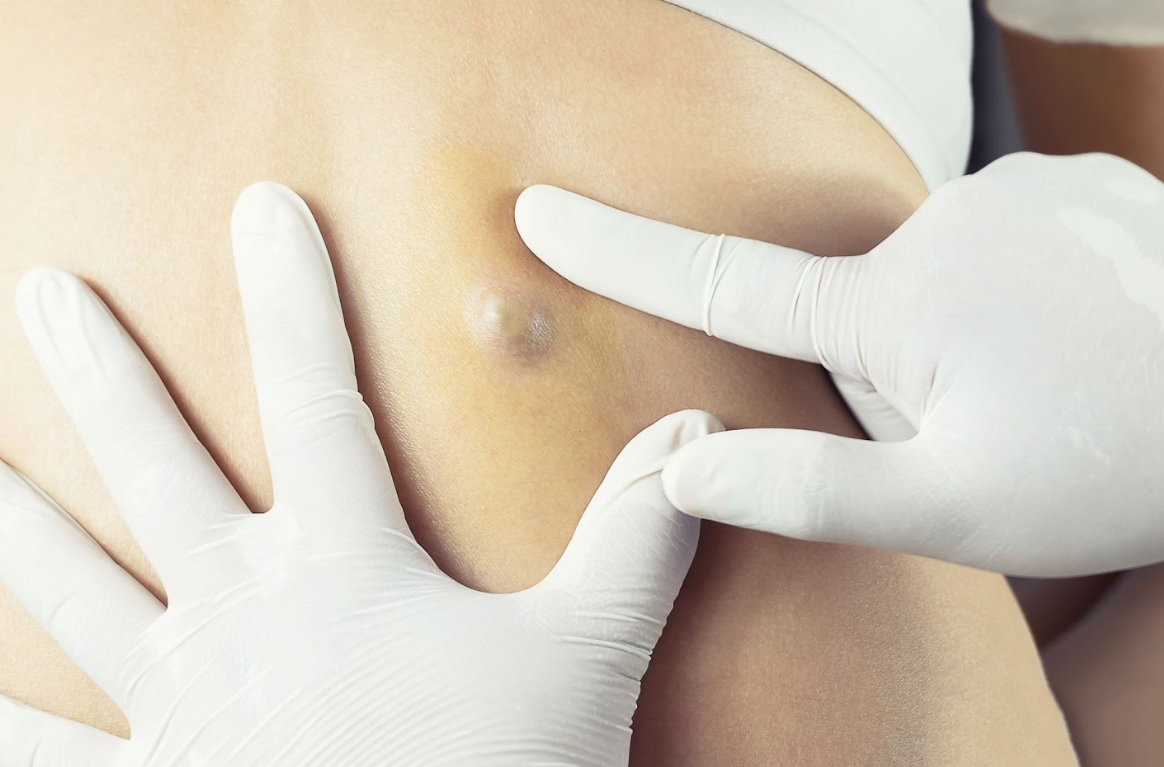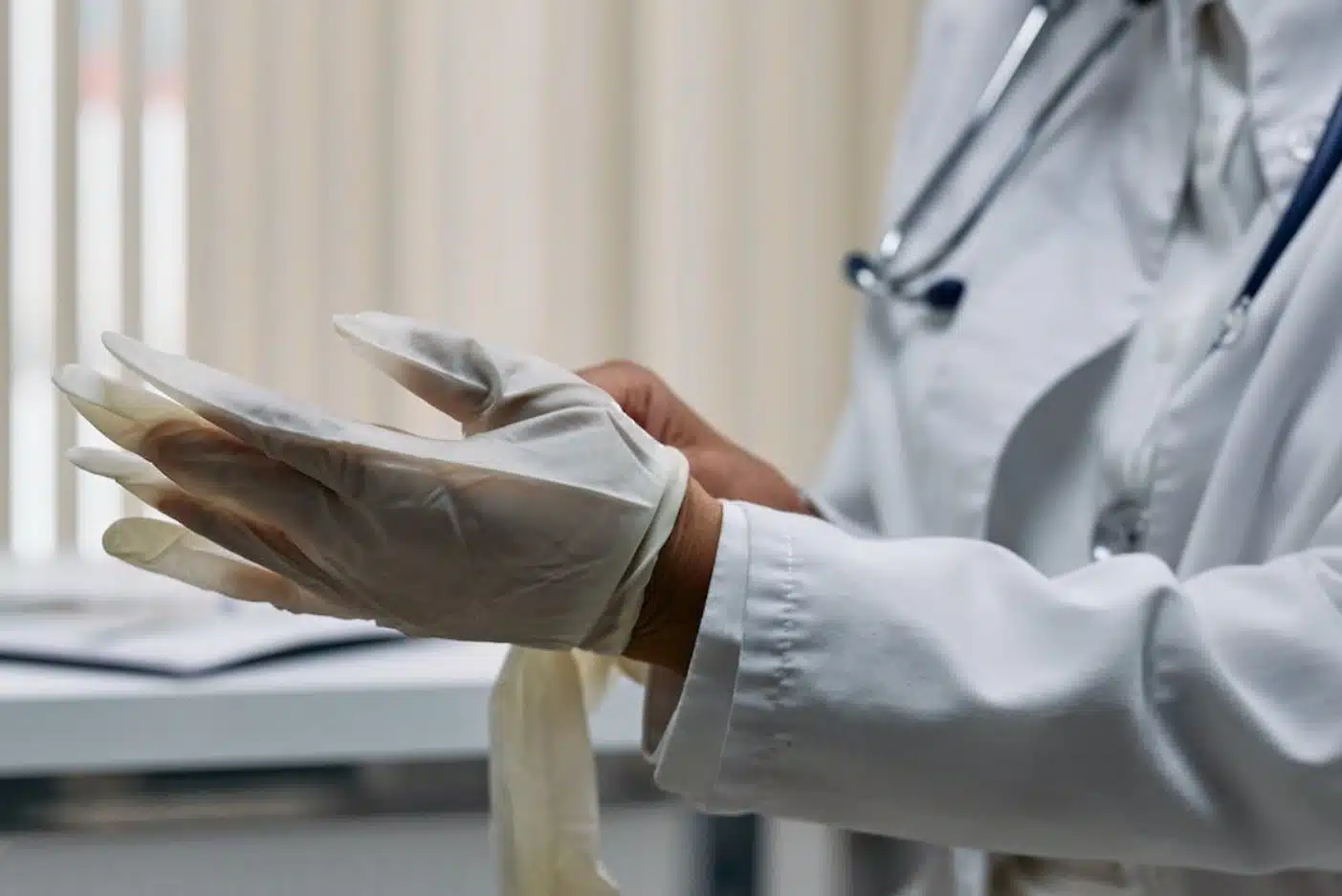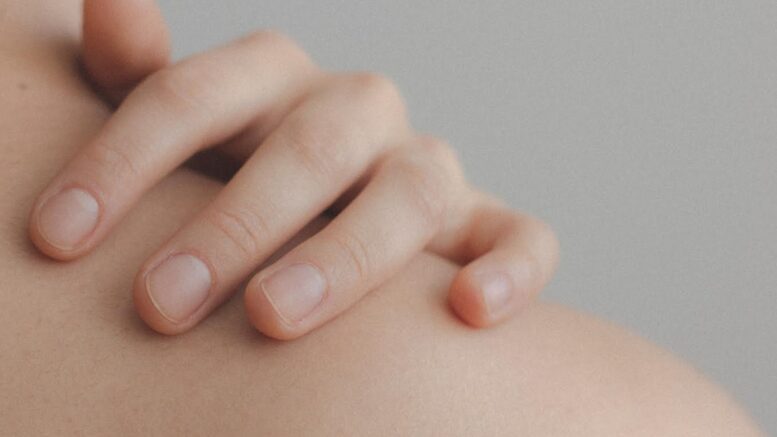Cysts are common, and many people will experience one at some point in their lives. They can occur anywhere on the body and can be caused by a variety of factors. Understanding the different types of cysts, their causes, and treatment options is essential for anyone who has or is at risk of developing a cyst.
There are many different types of cysts, including epidermoid cysts, sebaceous cysts, and ganglion cysts. Each type has its own unique characteristics, and understanding the differences between them is important for proper diagnosis and treatment. The etiology of cysts can vary widely, from genetic factors to injury or infection.
Understanding the underlying cause of a cyst is essential for determining the best course of treatment. Removal options can include minor surgery or less invasive procedures, depending on the size and location of the cyst.
Understanding Cysts
What Are Cysts?
Cysts are sacs or capsules that form in the skin or inside the body. They are generally benign, meaning they are not cancerous. Most cysts are filled with fluid, but some may contain semisolid material or air. Cysts can appear anywhere in the body, but they are most commonly found in the skin, ovaries, breasts, or kidneys.
Cysts can be caused by a variety of factors, including infection, inflammation, injury, or a defect in the cells that form the cyst wall. Some cysts are also associated with genetic conditions.
Benign Vs Malignant Cysts
Most cysts are benign, meaning they are not cancerous and do not pose a serious health risk. However, some cysts can be malignant, meaning they are cancerous and can spread to other parts of the body. It is important to have any new lumps or bumps checked by a doctor to determine if they are benign or malignant.
Benign cysts are generally harmless and do not require treatment unless they are causing discomfort or affecting the function of nearby organs. Malignant cysts, on the other hand, require prompt treatment to prevent the cancer from spreading.
Some common types of benign cysts include:
- Sebaceous cysts: These are cysts that form in the sebaceous glands, which are located in the skin and produce oil. They are usually harmless and can be removed by a certified dermatologist if they become inflamed or infected.
- Ovarian cysts: These are cysts that form in the ovaries. Most ovarian cysts are benign and do not require treatment, but some may cause pain or other symptoms and may need to be removed.
- Breast cysts: These are cysts that form in the breast tissue. They are usually benign and can be drained if they are causing discomfort.
Some common types of malignant cysts include:
- Pancreatic cysts: These are cysts that form in the pancreas. Some pancreatic cysts are cancerous and require treatment, while others are benign and do not require treatment.
- Ovarian cysts: While most ovarian cysts are benign, some may be cancerous and require treatment.
- Thyroid cysts: These are cysts that form in the thyroid gland. Most thyroid cysts are benign, but some may be cancerous and require treatment.
In summary, cysts are generally benign and do not pose a serious health risk. However, it is important to have any new lumps or bumps checked by a doctor to determine if they are benign or malignant. If a cyst is causing discomfort or affecting the function of nearby organs, it may need to be removed.

Causes of Cysts
Cysts can develop in various parts of the body due to a range of causes. Some of the most common causes of cysts are injury and trauma, blocked ducts, cellular abnormalities, and genetic conditions.
Injury and Trauma
Injury and trauma to the body can cause cysts to form. For example, a blow to the skin can cause a hair follicle to rupture, leading to the formation of a cyst. These cysts are known as epidermoid cysts and are filled with keratin, a protein found in hair, nails, and skin.
Blocked Ducts
Cysts can also form when the ducts in the body become blocked, preventing fluids from flowing freely. For instance, when the oil glands in the skin become blocked, sebaceous cysts can develop. These cysts are filled with sebum, a type of oil that helps lubricate the skin.
Cellular Abnormalities
Cysts may also develop due to cellular abnormalities, such as when cells divide and multiply abnormally. These types of cysts are usually benign, but in some cases, they can become cancerous. For example, ovarian cysts can develop due to abnormal cell growth in the ovaries.
Genetic Conditions
Some cysts are caused by genetic conditions. For instance, polycystic kidney disease is a genetic disorder that causes multiple cysts to form in the kidneys. Similarly, Gardner’s syndrome is a genetic condition that causes cysts to develop in the skin, colon, and other organs.
Symptoms and Diagnosis
Recognizing Cyst Symptoms
Cysts can develop in various parts of the body, and the symptoms may vary depending on the location and type of cyst. In general, cysts may cause the following symptoms:
- A lump or bump that is visible or palpable
- Swelling or enlargement of the affected area
- Pain or discomfort, especially if the cyst is located near a nerve or joint
- Redness or inflammation of the skin over the cyst
- Tenderness or soreness when touched or pressed
- Fever or other signs of infection, if the cyst becomes infected
It is important to note that not all cysts cause symptoms, and some may only be detected incidentally during imaging tests or physical exams.
Diagnostic Methods
If a person experiences symptoms that suggest the presence of a cyst, a healthcare provider may perform a physical exam to assess the affected area. During the exam, the provider may feel for the presence of a lump or swelling and evaluate the skin over the area for signs of redness, tenderness, or inflammation.
In some cases, imaging tests may be necessary to confirm the diagnosis or assess the size and location of the cyst. Common imaging tests used to diagnose cysts include:
- Ultrasound: A non-invasive test that uses sound waves to create images of the inside of the body. Ultrasound is often used to evaluate cysts in the breast, ovaries, or other soft tissues.
- MRI: A test that uses a magnetic field and radio waves to create detailed images of the inside of the body. MRI is often used to evaluate cysts in the brain, spine, or other areas where high-resolution images are needed.
- CT scan: A test that uses X-rays and computer technology to create detailed images of the inside of the body. CT scans are often used to evaluate cysts in the abdomen, pelvis, or other areas where a high level of detail is needed.
In some cases, a healthcare provider may recommend a biopsy to confirm the diagnosis or assess the type of cyst. During a biopsy, a small sample of tissue is removed from the cyst and examined under a microscope to determine if it is cancerous or benign.
The Main Types of Cysts
Cysts are sacs or capsules that can form in various parts of the body, such as the skin, ovaries, breasts, kidneys, and more. They can vary in size, ranging from microscopic to very large, and can contain fluid, pus, or other substances. Although most cysts are not cancerous, some can cause discomfort or other symptoms and may require medical attention.
Sebaceous Cysts
Sebaceous cysts, also known as epidermoid cysts, are one of the most common types of cysts found in the skin. They typically develop when the sebaceous gland, which produces oil for the skin and hair, becomes blocked or damaged. Sebaceous cysts are usually small, painless, and slow-growing, and can occur anywhere on the body. They may also have a foul-smelling discharge.
Epidermoid Cysts
Epidermoid cysts are another type of cyst that can form in the skin, hair follicles, or sebaceous glands. They are often mistaken for sebaceous cysts but differ in that they are filled with keratin, a protein found in skin, hair, and nails. Epidermoid cysts are usually small, slow-growing, and painless, and can occur anywhere on the body.
Pilar Cysts
Pilar cysts, also known as trichilemmal cysts, are similar to epidermoid cysts but develop in the hair follicles rather than the sebaceous glands. They are often found on the scalp and can grow larger than sebaceous or epidermoid cysts. Pilar cysts are usually painless and slow-growing, and may have a white or yellowish appearance.
Ganglion Cysts
Ganglion cysts are noncancerous lumps that can develop along the tendons or joints of the wrists, hands, feet, or ankles. They are filled with a thick, clear, jelly-like fluid and can vary in size. Ganglion cysts are usually painless, but may cause discomfort or limit movement if they press on a nerve or tendon.
Pilonidal Cysts
Pilonidal cysts are cysts that form at the base of the tailbone, near the cleft of the buttocks. They are often caused by ingrown hairs or debris that becomes trapped in the skin. Pilonidal cysts can be painful and may become infected, causing redness, swelling, and drainage of pus.
In addition to these types of cysts, there are many others that can form in various parts of the body. Some of the most common include ovarian cysts, breast cysts, kidney cysts, and simple cysts. Ruptured cysts, arachnoid cysts, baker’s cysts, mucous cysts, and Bartholin’s gland cysts are other types that may occur. The treatment for cysts depends on the type, location, and severity of the cyst, and may include watchful waiting, drainage, medication, or surgical removal.
Treatment Options

There are various treatment options available for cysts, depending on the type, size, and location of the cyst. Treatment options include surgical cyst removal, drainage, and injection.
Surgical Removal
Surgical removal is a common treatment option for cysts that are large, painful, or causing other symptoms. The procedure involves making an incision in the skin and removing the cyst. The cyst may be sent to a laboratory for further examination to determine if it is cancerous or benign. Surgical removal is usually done under local anesthesia, and patients can usually go home the same day.
Drainage
Drainage is another treatment option for cysts that are infected or filled with fluid. The procedure involves making a small incision in the cyst and draining the fluid or pus. After drainage, the cyst may be packed with gauze to help it heal. Antibiotics may also be prescribed to prevent infection.
Injection
Injection is a treatment option for cysts that are small and not causing any symptoms. The procedure involves injecting a steroid medication into the cyst to reduce inflammation and shrink the cyst. Steroid injection may be repeated several times over a few weeks or months until the cyst has shrunk.
It is important to note that home remedies and over-the-counter medications are not recommended for treating cysts. These treatments may not be effective and can even make the cyst worse. It is best to consult a healthcare professional to determine the best treatment option for a cyst.
In some cases, more advanced procedures such as laparoscopy, excision, or other surgical procedures may be necessary to remove a cyst. These procedures are usually done under general anesthesia and may require a longer recovery time.
Overall, the treatment option chosen for a cyst will depend on the type, size, and location of the cyst, as well as the patient’s overall health and medical history. It is important to consult a healthcare professional to determine the best treatment option for a cyst.
